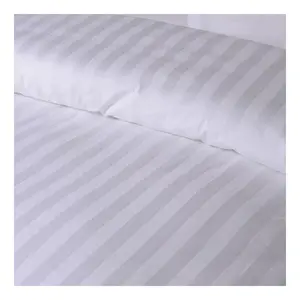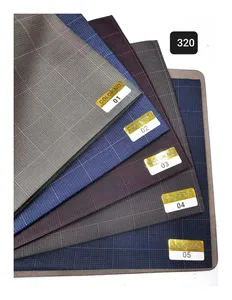Popular in your industry

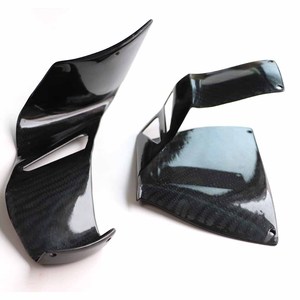

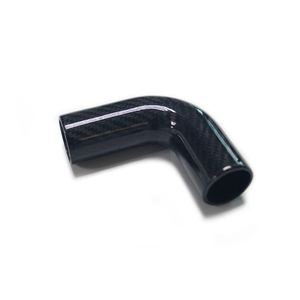
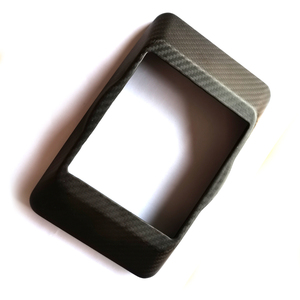




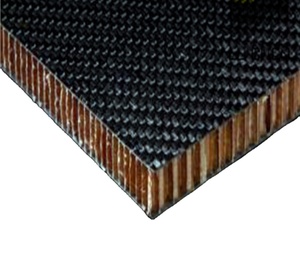




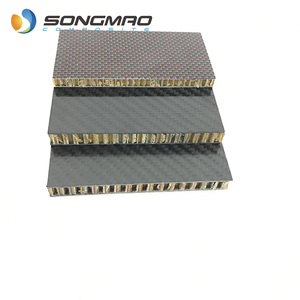




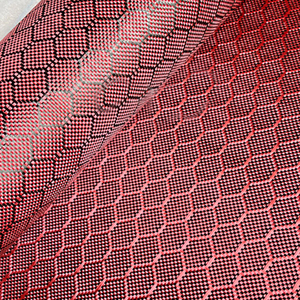












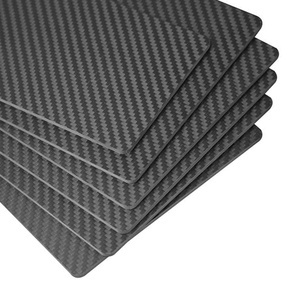
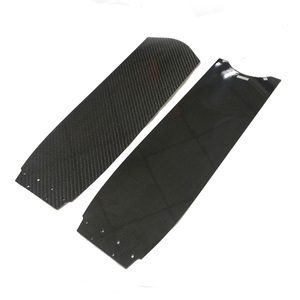




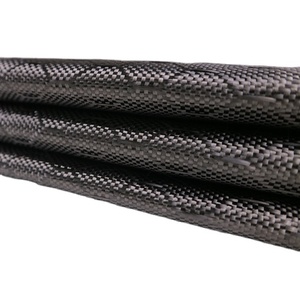
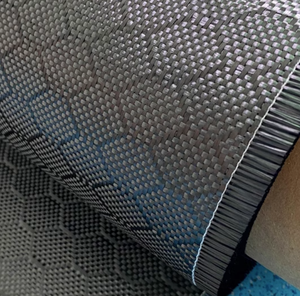
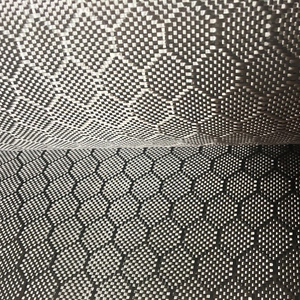
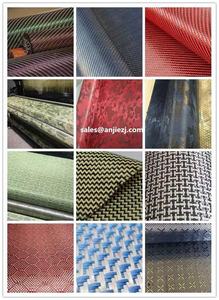











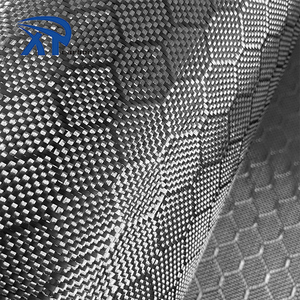




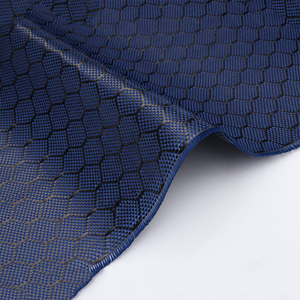
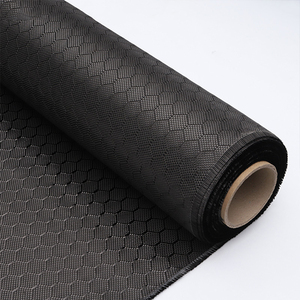
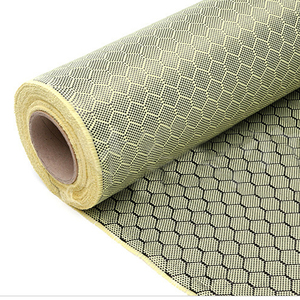



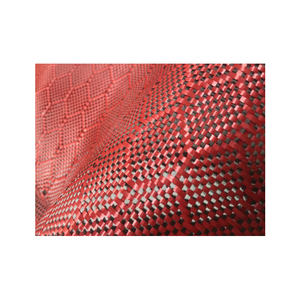


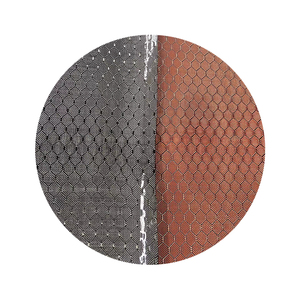
Related Searches:

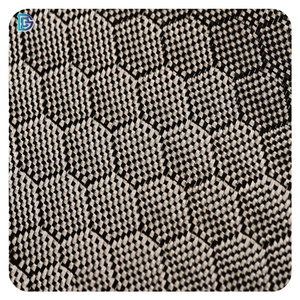


























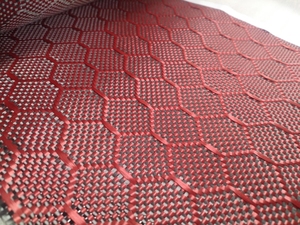




















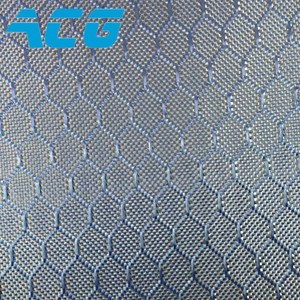

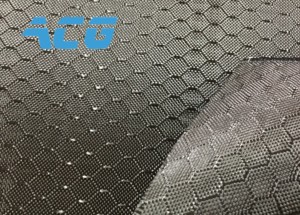
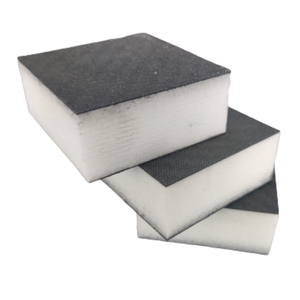

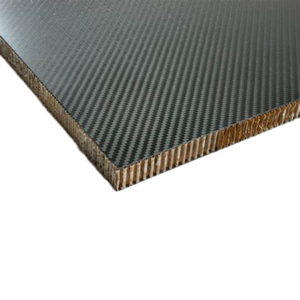
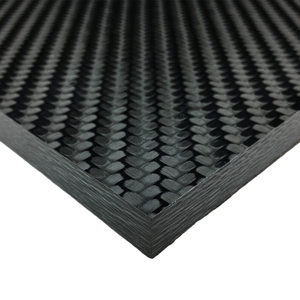

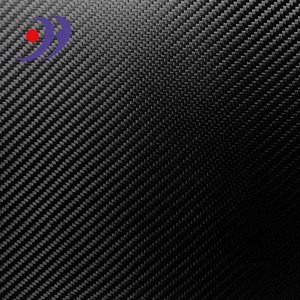
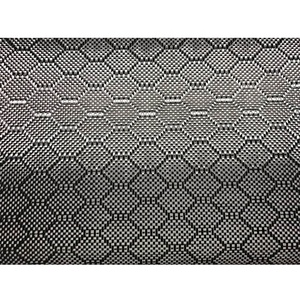
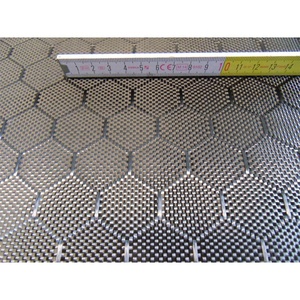





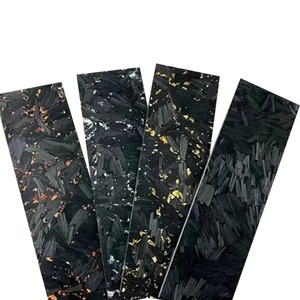


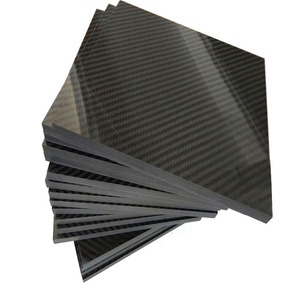

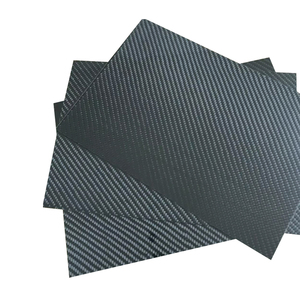


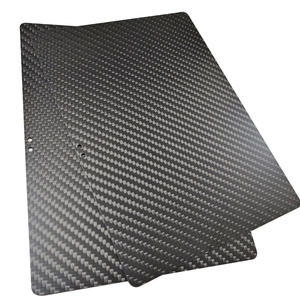
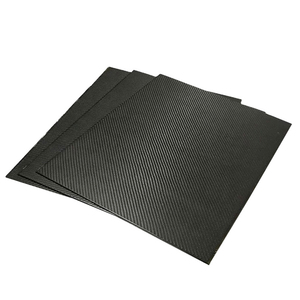

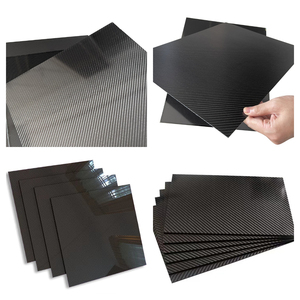

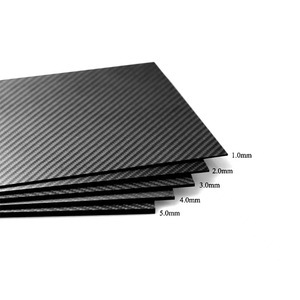
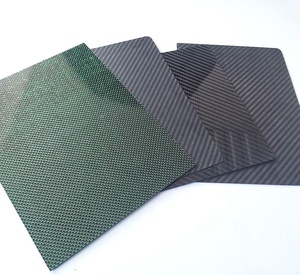










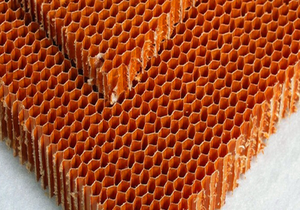



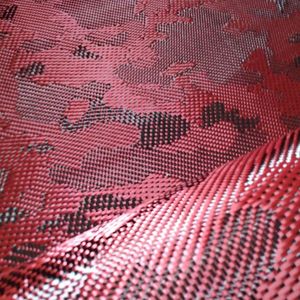

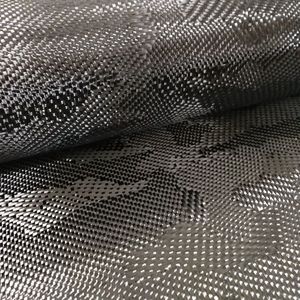






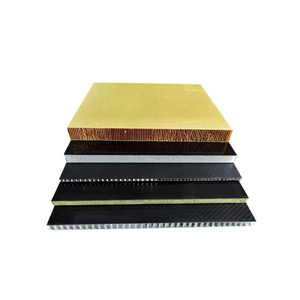



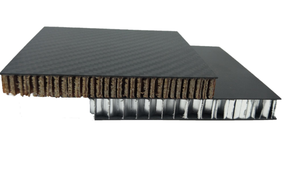
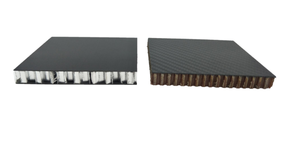







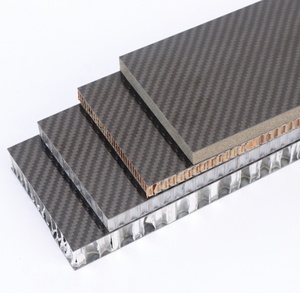


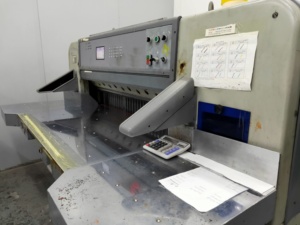







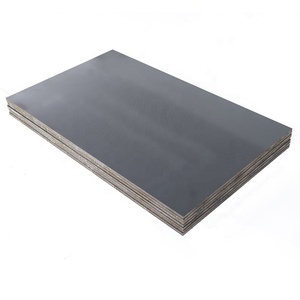






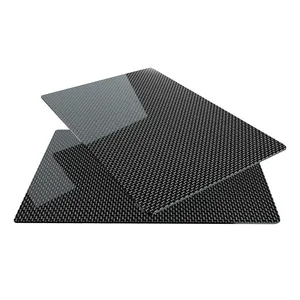





Top categories
About honeycomb carbon fiber
Honeycomb carbon fiber is an aerospace-grade composite featuring a honeycomb-like internal structure sandwiched between honeycomb carbon fiber sheets for maximized strength-to-weight ratios. As opposed to solid composite materials prone to bending, the hexagonal web geometry of a honeycomb carbon fiber improves rigidity significantly at lighter overall weights. Honeycomb carbon fiber applications demand structural solid performance and environmental resilience across the automotive, aerospace, sporting goods, and electrical sectors.
Features of honeycomb carbon fiber
Hybrid honeycomb-reinforced carbon composites fuse lightweight, versatile rigid panels for aviation, automotive, and recreation through strategic lattice and laminate intersections. The precision assembly of honeycomb carbon fiber offsets raw material vulnerabilities while concentrating on advantages. Care during manufacturing and handling protects novel capabilities for industries chasing ever lighter and stronger materials in motion.
Thin carbon fiber sheets encapsulate a Nomex paper or aerospace-grade phenolic resin honeycomb lattice just 3/8 inch to 3 inches thick. The sandwiching of the honeycomb fiber combines the hexagonal matrix's rigidity and stability, augmented by the extreme tensile strength-to-weight advantages of carbon fiber barriers. Typical honeycomb carbon fiber densities span between 3.1 and 15.3 pounds per cubic foot, depending on application durability demands. The resulting strengths of honeycomb carbon fiber options reach 2,000 psi more for 60% less weight than solid plastics or metals.
Pane margins with partial honeycomb adhesion risk delamination across extreme vibration or heat-cold cycles without mesh integration. Multi-axis curvature requirements of a honeycomb carbon fiber vinyl wrap further complicate dies, shaping the sandwich layers consistently for optimal cohesion. Skilled technicians utilize vacuum platens, pulling honeycomb carbon fiber cloth materials taught around machined molds while precise automated cutters maintain intricate laminate perimeter continuity. Precision honeycomb carbon fiber handwork remains essential for avoiding air pockets or adhesive voids; otherwise, underlying structural advantages weaken.
Uses of honeycomb carbon fiber
Race cars bolt ultra-thin 1/8-inch paneling onto the chassis to maximize stiffness while lowering center gravity for tighter handling and giving less body roll. The honeycomb carbon fiber material also shelters sensitive electrical components from moisture and impacts. Aerospace honeycomb carbon fiber usages span aircraft wings, tails, and even engine cowls, benefiting thin yet rigid properties at altitude. Backpacking tents and flagpoles also leverage the sturdy properties of honeycomb carbon fiber on minimalist frames against wind shear, thanks to strategic laminate textile compositing.
Maintenance of honeycomb carbon fiber
Despite resilience, drops, debris collisions, or forklift impacts may crack the honeycomb carbon fiber sheet or collapse interior cells without exterior signs until sudden failure while undergoing load, particularly across previously damaged areas. Careful visual inspections and tap testing sheets for honeycomb carbon fiber gauges subsurface flaws through faintly audible changes signaling adequacy concerns. Stacks also require flatness to prevent warping cell walls under graduated pressure, complicating even small panel resolution. Respect for the strength of the honeycomb carbon fiber belies delicacy.
